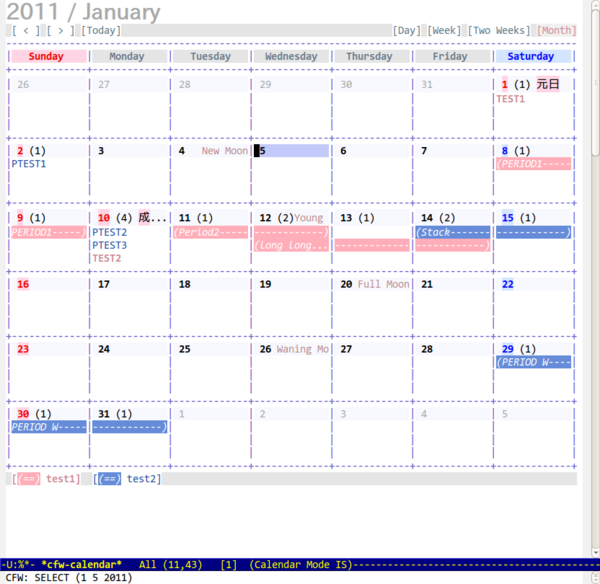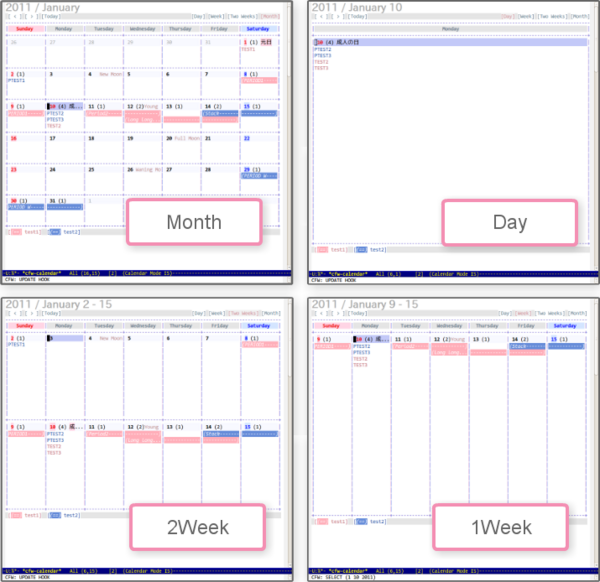Actually it should read as non compliance but I'll go with what I see on the interwebs. Anyways, it appears that some grammar files are not included in the distribution and Dr. Stallman rightly acknowledgement the error and suggested a remediation.
What I don't understand is, why people are worked up over this. It appears to be a mistake and the developers are trying to fix it. It's not like they bundled it and made a few millions of it and then got pantsed. I always thought that it'd be a kinder version of 'cease and desist' or else....they themselves stop distribution of their own code.
What I don't understand is, why people are worked up over this. It appears to be a mistake and the developers are trying to fix it. It's not like they bundled it and made a few millions of it and then got pantsed. I always thought that it'd be a kinder version of 'cease and desist' or else....they themselves stop distribution of their own code.
Anyways, here's another take on the same, mirroring my own views in a more mature fashion.




















